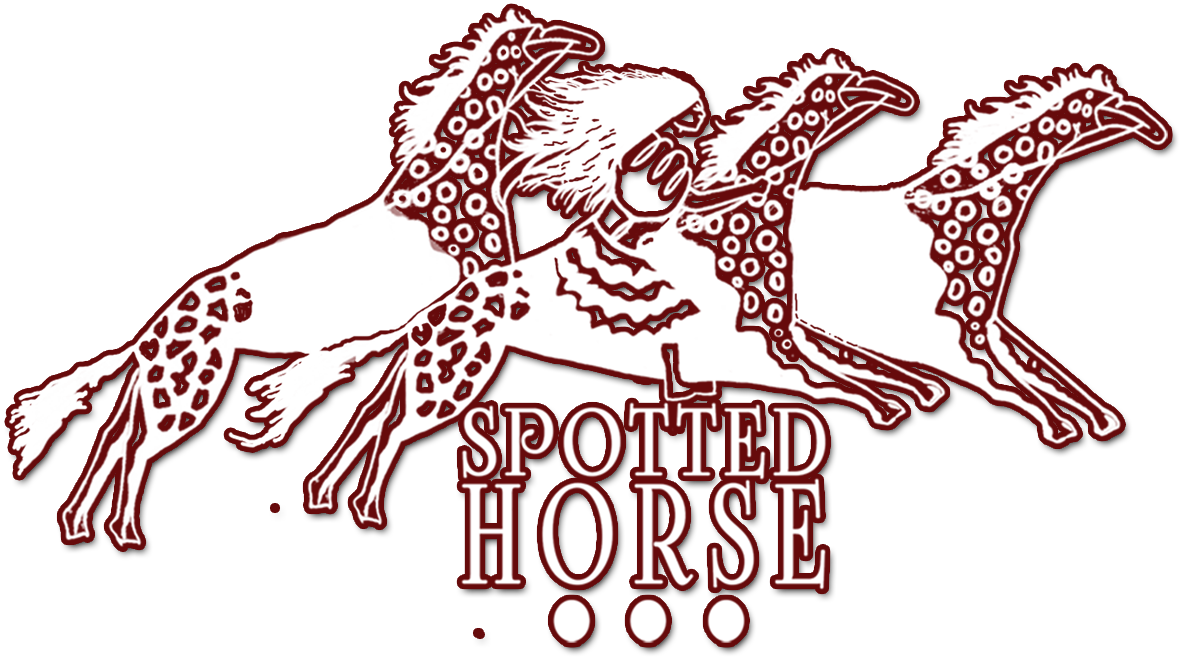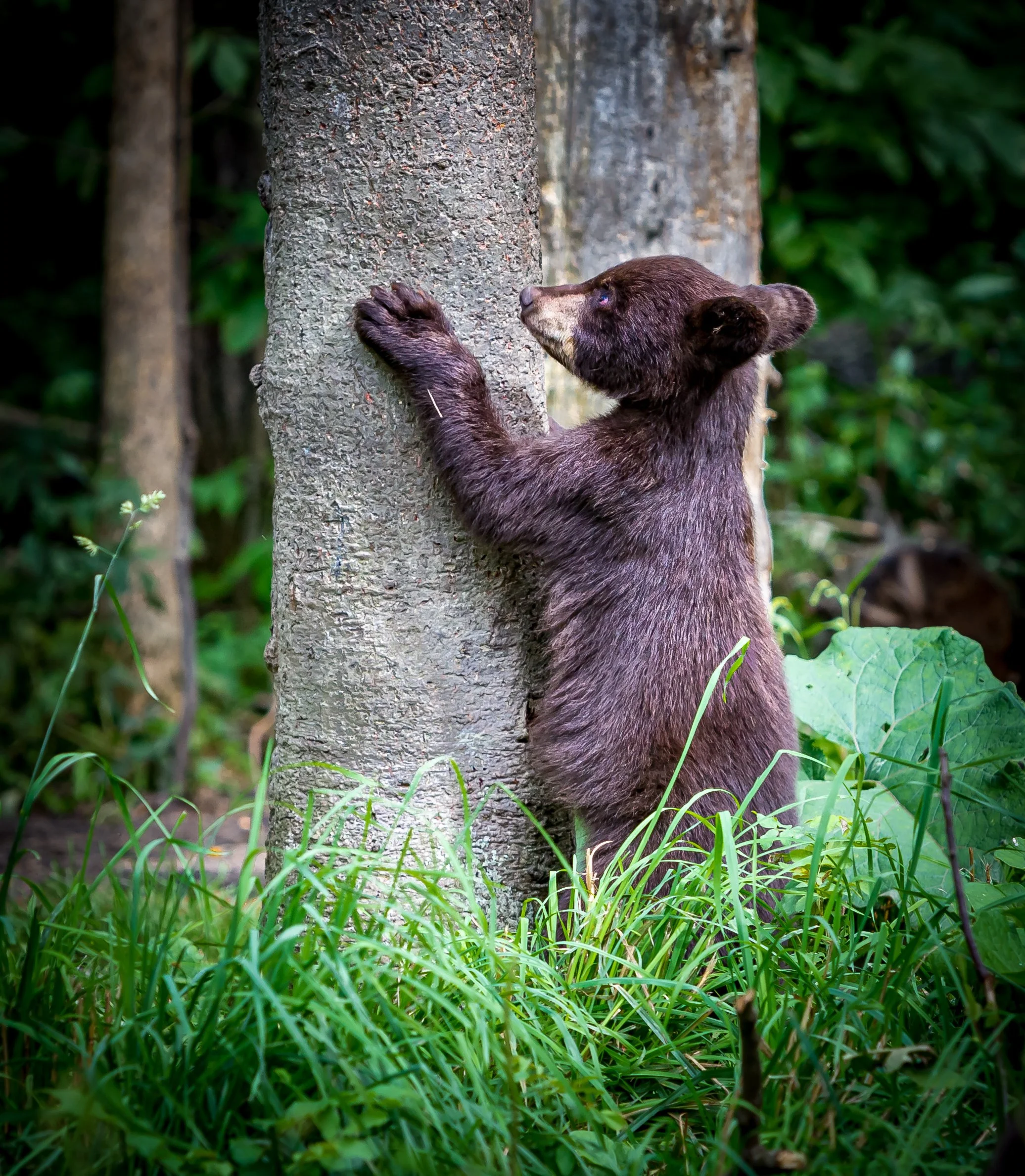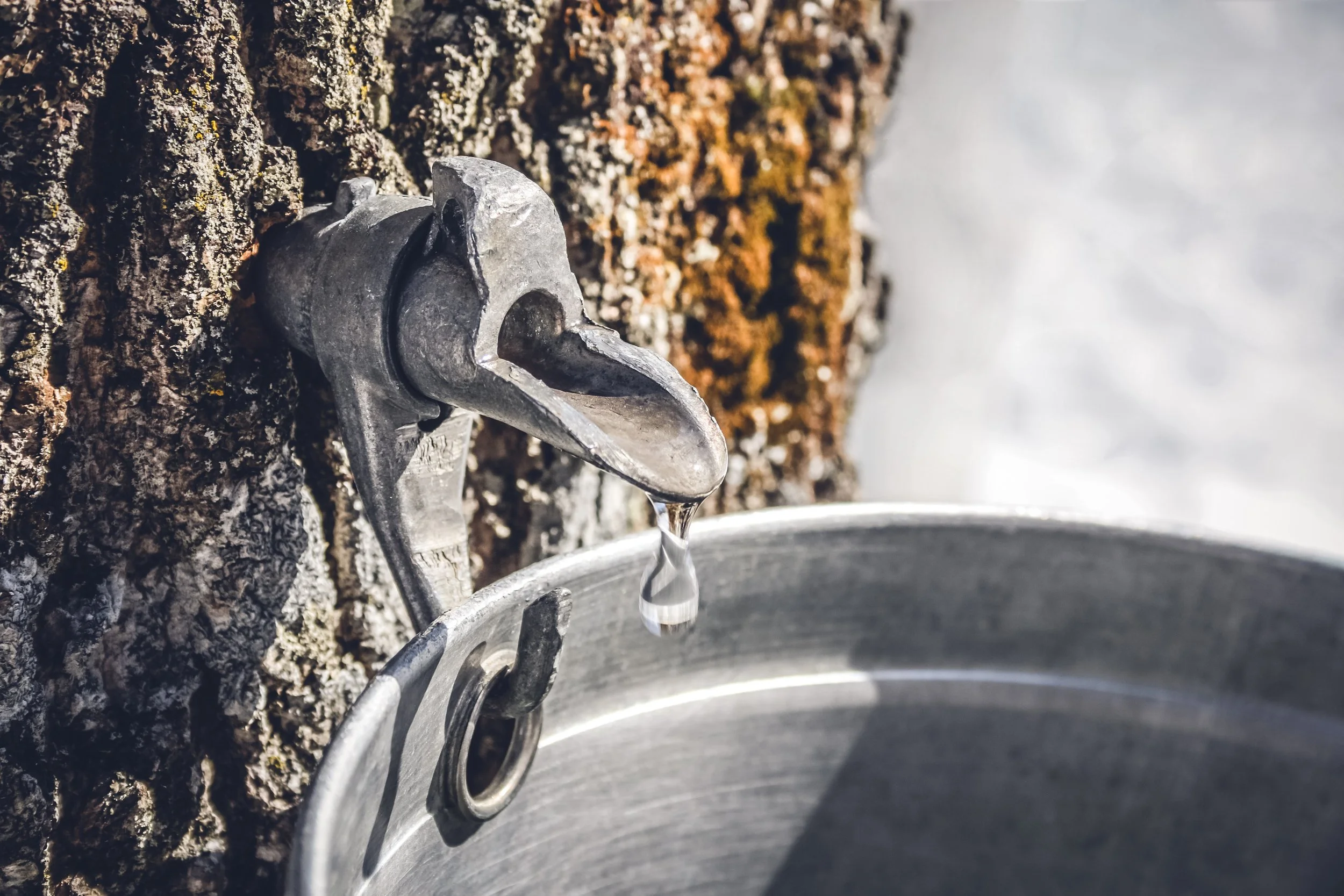The latest bad idea: Huber Mill near Leech Lake Reservation
No one in the Walz administration thought to call Leech Lake and ask what they thought. The Leech Lake Tribal government learned about the project from a press release.
By Winona LaDuke
Out of the Deep South, a lumber company, Huber Manufacturing, is proposing what may be the largest oriented strand board (plywood) plant in the country. The Frontier plant would be built in Cohasset, juseast of Grand Rapids, and on Minnesota Power’s land, where the Boswell Energy Facility is located.
The era of coal is ending in a time of climate chaos and major innovations in renewables. Replacing the big polluter and employer, the Huber plant would go up less than a mile from the Leech Lake reservation. But no one in the Walz administration thought to call Leech Lake and ask what they thought. The Leech Lake Tribal government learned about the project from a press release.
That’s not the way it’s supposed to be in Minnesota. To be clear, Gov. Tim Walz signed the 2019 Executive Order l9-24 “affirming government to government relationship between Minnesota and Minnesota tribal nations, providing for consultation, coordination and cooperation.” The executive order is intended “to establish mutually respectful and beneficial relationships between the state and Minnesota tribal nations.”
Well, throw that one out the window.
What’s amazingly clear is that Walz did not conduct any consultation as required by his own executive order. Instead, the governor and the Legislature just started the cannonball rolling toward the forests of the north.
Huber Manufacturing hopes to build a 750,000-square foot facility, where 150 people could work and make industrial-sized construction panels. Sounds simple? Well, the Minnesota Legislature thought it sounded like a really good idea, so it gave $80 million in subsidies to this North Carolina-based company, told the City of Cohasset that it should be the responsible government unit, then gave the company an exemption from an Environmental Impact Statement (EIS), saying that a simple Environmental Assessment Worksheet (EAW) might be just fine. Minnesota’s hoping the deal would be sweet enough that Huber would pick Cohasset over competitors in other states.
Kind of sounds like Minnesota has become a very cheap date. And, for that much in state subsidies, it might be worth some vetting — like a proper EIS.
OSB = Healthy?
Oriented Strand Board, or OSB, is some important stuff to fast building. It’s sort of a sticky mess and has some toxic materials to hold the world together. Basically, since Paul Bunyan logged our massive pine forests, we now just mush up little stuff and glue it together with petrochemicals. That’s the Minnesota way.
The first oriented strand board was made by Blandin in Grand Rapids There was also an OSB plant in Deerwood, which made joists, operated initially by MacMillan Bloedel and then by Weyerhaeuser. Deerwood’s Trus Joist had a number of health-related concerns before the plant was closed, and the industry is generally pretty toxic to worker health. It turns out that chemicals like formaldehyde and others, combined with wood dust, aren’t good for you. OSB facilities closed during the financial collapse in 2008, and facing more changes and shrinking forests, the pulp and paper mills also experienced hard times. Tough sledding in the logging industry.
What about the trees?
At the heart of this development, it’s about the trees and the forests. A forest is a living ecosystem, timber resources are inanimate materials.
Those are profoundly two different world views which have been colliding in the forests of the north since before the l855 treaty. What’s clear is that Minnesota does not manage the forests sustainably. Even the Minnesota Department of Natural Resources (DNR) knows that.
Twenty-eight DNR staff outlined their ecological concerns in a 2019 letter to Commissioner Sarah Strommen. According to an MPR report,
“the authors do not believe it is scientifically honest or transparent to say that the 10-year timber plan is ‘beneficial to wildlife.’”
The fact is that Minnesota’s forests are managed for aspen and deer. That’s not a diverse forest, that’s a monocrop. Loss of old growth and clearcutting destroys habitat for larger animals and destroys ecosystems. The DNR wildlife scientists felt the proposed 8.75 percent increase in harvest from state-managed lands would cut out biodiversity and habitat. There’s just not enough forests left to support mega projects like this one.
That 2019 information was before the Huber Plant proposal, which will be fed by these same forests. The Frontier OSB plant needs an estimated 400,000 cords of wood annually to sustain a 24-hour assembly. Huber wants to get that within a l00-mile radius from the project. By comparison, the Minnesota DNR in 2019 offered 875,000 cords from all state land. That logging impact circle includes the entire Leech Lake reservation, the Chippewa National Forest and a good portion of the White Earth and Red Lake reservations.
There are already two separate lumber plants on either side of the Leech Lake reservation. Recently the Leech Lake Nation voiced concerns about the lack of information provided in the EAW, noting in their initial comments, “most of the wood for this project will necessarily be harvested from the Leech Lake reservation or the l855 treaty territory.
The failure to analyze the woodshed based on feedstock quantities necessary sets the State upon a dangerous trajectory for forest health.”
“We find our medicines in mature forests, not early in the succession,” explained Ben Benoit with the Environmental Program for Leech Lake. “Protecting and restoring forest diversity is critical to preserving Anishinaabe lifeways in an ever-changing climate and world … tribal citizens rely on the forest as our teachings and culture is tied to natural cycles and diversity that is disrupted with timber industry focused management.”
In other words, you can’t make maple syrup in a clearcut.
Then there’s the little guys, like the long-eared bat or Myotis septentrionalis. They are endangered. There’s a long-eared bat nesting site right there by Cohasset, that is going to get creamed in construction. Bapakwaanaajiinh, the bat, is an epic character in Anishinaabe mythology, illustrating that mysterious and small creatures can change the world. This specific bat species also was impacted by the Line 3 project. That was one of the primary endangered species the pipeline rolled over. There’s only so many times you can knock out an endangered species and expect it to live.
The United Nations has reiterated that biodiversity matters to not only planetary health, but also human health. The reality is that mega projects are fragmenting forests and creating ecological havoc. Those same clearcuts make the forest damage more at risk in windstorms, which increase with climate change. It’s easy to see the wind shears along corridors like highways and pipelines. Protecting the integrity of the forest protects us all. Besides that, the Lorax lives in the forest.
Paul Bunyan was already here. There were once 75 million acres of contiguous forest in the region; most of them have been cut to build railroads, the cities of St. Paul, Duluth and more. The northern forests created empires — from the Congdon to the Pillsbury, Weyerhaeuser and more — all those empires born from these forests. Those companies are the actual names of the fictional Paul Bunyan. In the least, Bunyan needs to do something epic to reverse his legacy.
There is no sustainable harvest in the north woods, only a lot of aspen monocultures being cultivated by the Minnesota Department of Natural Resources. But that’s not a forest and that’s what the DNR Wildlife concerns are about. The Leech Lake tribal government has been working for decades on forest restoration outlining “desired vegetative conditions” and facing all of these logging interests, as well as a Chippewa National Forest which was carved out of the reservation, all impacting Indigenous land knowledge and care.
The time of Paul Bunyan is over.
Walz’s bad gambles — hemp’s saving grace?
“Very few opportunities come along where someone is looking to build a new plant,” Rep. Tom Bakk said, as he went to bat for $28.5 million in state subsidies for Huber.
That may be because it’s a bad idea. But that didn’t stop them.
“You have a company coming into Minnesota looking at our environmental laws and telling everyone, telling Minnesota Power, telling the Legislature, we’ll come in as long as you get rid of this one law for us,” noted Evan Mulholland, senior staff attorney for the environmental policy group MCEA. “And that just doesn’t sit right with us.”
As the Glasgow Climate conference came to an end in November, there was a greater than ever call to keep forests intact and cut carbon emissions. The Walz administration talked about the new plans for cars, but neglected to mention the big tar sands pipeline, and the new plans to clearcut the north for an out of state corporation. This fall, Walz talked about the clean car initiative, his new council on climate change, and then proposed to give away the northern forests with $80 million in subsidies from the state.
This administration could do a lot better, in fact, they could change the future.
Our Anishinaabe prophecies speak of this time and the choice of paths. It’s time for a real green path in Minnesota, not a scorched path. It’s time to grow back full forests, a wild rice economy and restore the north, not tear it further apart. That’s long-term sustainability. The Walz administration could learn from the Leech Lake Environmental program, and other tribes like Red Lake, about their world-class work to restore ecosystems and create green economies.
It may also be time for hemp wood — that’s all sorts of wood made from compressed hemp, stuck together with, well, soybeans. Can’t eat it, but you can make a lot out of it, including joists and something like OSB, made with hemp and soybeans. Besides that, hemp sequesters carbon faster than a forest, and has great adaptability. It takes about four months for hemp stalks to reach maturity, while it takes trees at least 20 years. Let’s take a break from the southern charm of Huber and look across the forests.
That’s where the wild things are and that’s where the bats live. And the Anishinaabe.
This is the only place we have, Huber can go find another forest.
Winona LaDuke is a Harvard-educated economist, environmental activist, author, hemp farmer, grandmother, and a two-time former Green Party vice presidential candidate with Ralph Nader. She is also the executive director of the nonprofit, Indigenous-led environmental justice organization, Honor the Earth. She is the author of seven books, including her latest book, “To Be a Water Protector: Rise of the Wiindigoo Slayers” (Fernwood Press/Columbia University), an expansive, provocative engagement with issues that have been central to her many years of activism, including seven years battling Line 3 — an Enbridge tar sands oil pipeline in northern Minnesota.



